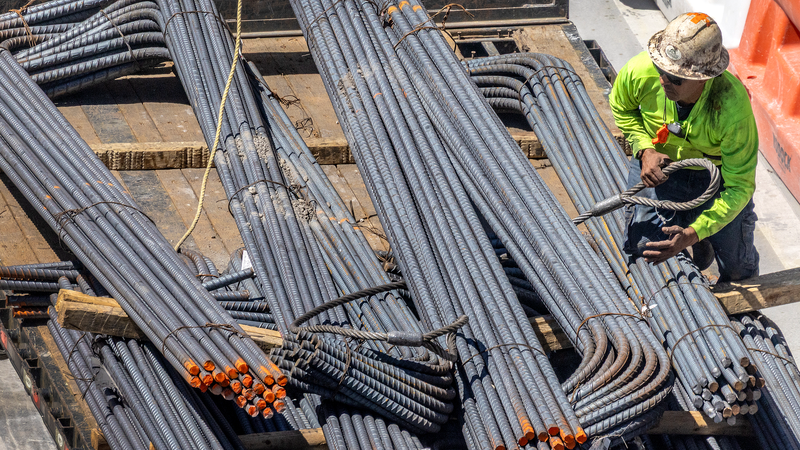Hey guys, big news on the trade front! The U.S. Commerce Department has announced its extending 50% tariffs on steel and aluminum imports to include 407 more products 🛠️. This move ramps up global supply chain risksheres the lowdown.
Effective Monday, the expanded list adds hundreds of derivative goods to the tariffs roster based on their steel and aluminum content. Even non-metal materials in these products will be taxed according to rates set for goods from specific origin countries.
After its initial jump from 25% to 50% in June, this latest update marks another major shift in U.S. trade policy. Zhou Mi, senior research fellow at the Chinese Academy of International Trade and Economic Cooperation, told us these unilateral changes fuel market instability worldwide 🌍.
Industries across the U.S. are already feeling the squeeze. In the automotive world, Ford and Molson Coors have reported multimillion-dollar cost hikes, while Deere & Company just raised its tariff-related expense forecast to $600 million for the year.
On the consumer side, AriZona Beveragesfamous for its 99-cent iced teamay need to boost prices. Although 80% of its can sheet metal is recycled in the U.S., all of its aluminum faces the same hefty tariffs, and 20% of its supply still comes from Canada.
With limited homegrown alternatives, U.S. businesses and shoppers remain dependent on imports. Higher tariffs could drive up costs, squeeze profit margins, and make U.S. products less competitive, Zhou warns.
Trading partners are also on edge. Canada, which sends 70% of U.S. aluminum imports, slapped 25% counter-tariffs on $21 billion of U.S. goods back in March and has threatened more. Meanwhile, South Korea is stepping in to help its SMEs by expanding consulting services and cutting cost-sharing on origin certificates 📑.
Frequent tariff shifts risk making U.S. trade ties look shaky. Even if American buyers swallow the higher costs, cautious overseas suppliers and tighter imports could add fresh pressure to U.S. inflation.
Reference(s):
U.S. tariff increase on metals raises global trade risks, expert warns
cgtn.com




